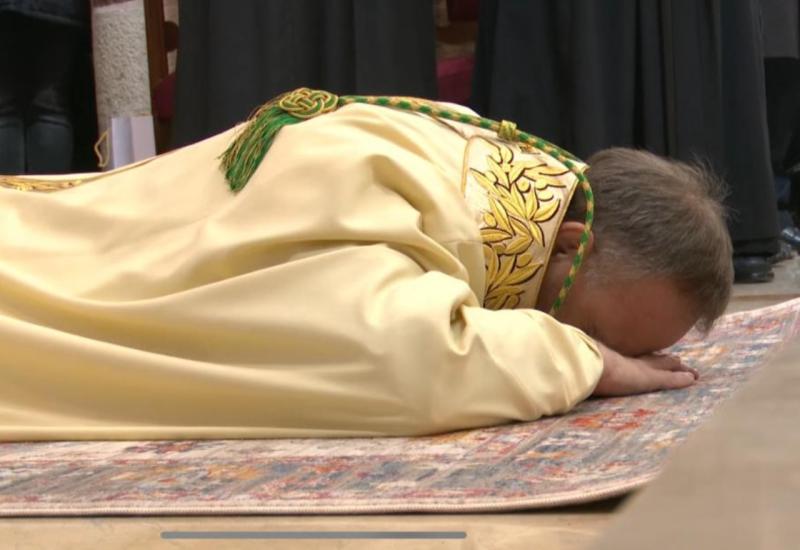 In the Cathedral of St. Tryphon, in the heart of Kotor, a city whose history is longer than most people’s memory of politics, Monsignor Mladen Vukšić took on the heavy responsibility of episcopal service. As the Litany of the Saints echoed off the cold stone walls, the ceremony unfolded with precision and solemnity that would make even a Swiss watch blush.
In the Cathedral of St. Tryphon, in the heart of Kotor, a city whose history is longer than most people’s memory of politics, Monsignor Mladen Vukšić took on the heavy responsibility of episcopal service. As the Litany of the Saints echoed off the cold stone walls, the ceremony unfolded with precision and solemnity that would make even a Swiss watch blush.And how could it not? This wasn’t just any event. This was a moment where history, tradition, and spiritual duty merged into one—complete with an abundance of chrism oil, of course, and a few blessings thrown in for good measure. Monsignor Vukšić is no novice. The man who has journeyed from Posušje to Bologna, from the novitiate at Humac to papal universities, now takes on one of the oldest episcopal seats on the Adriatic. If he’s not ready now, he never will be.
From Herzegovina with Love
Monsignor Vukšić, a Herzegovinian friar whose roots were nurtured by the Christian arches of Vitina and the winds of Posušje, brings with him experience and gravitas rarely seen. This is not a young revolutionary with ambitions of church reformation. This is a man with a guardian’s experience, who has changed more parishes in his career than most people change careers.
Still, the challenge is immense. The Diocese of Kotor is not just ancient and symbolic. It’s a place where culture, history, and spirituality must find a common language with the modern world. Which is not always an easy task, especially when the first challenge is navigating Kotor’s narrow streets and finding parking.
Mitres, Rings, and Staffs
Of course, the ceremony was steeped in symbolism. Archbishop Kutleša laid his hands on Monsignor Vukšić’s head and then handed him everything a bishop needs: a mitre, a ring, and a pastoral staff. From the outside looking in, the whole affair seems like a grand production—who would guess that behind those symbols lies a history of struggles, disagreements, and compromises within the Church over the centuries?
But Monsignor Vukšić accepted it all with a calmness that could be called Herzegovinian steadfastness. Or perhaps simply—faith.
What Comes Next?
If the past narratives about Monsignor Vukšić are any indication, the Church in Kotor has gained a bishop who understands not only what it means to be a priest but also what it means to be a person in the 21st century. Someone who can grapple with the challenges of modern life while also recognizing that the episcopal mitre today symbolizes not just religious authority but also responsibility to a society seeking both questions and answers.
What will Monsignor Vukšić bring to the Diocese of Kotor? Time will tell. But one thing is certain: his journey from humble beginnings in Humac to the episcopal throne is a story that inspires, even those who usually keep their distance from church halls.